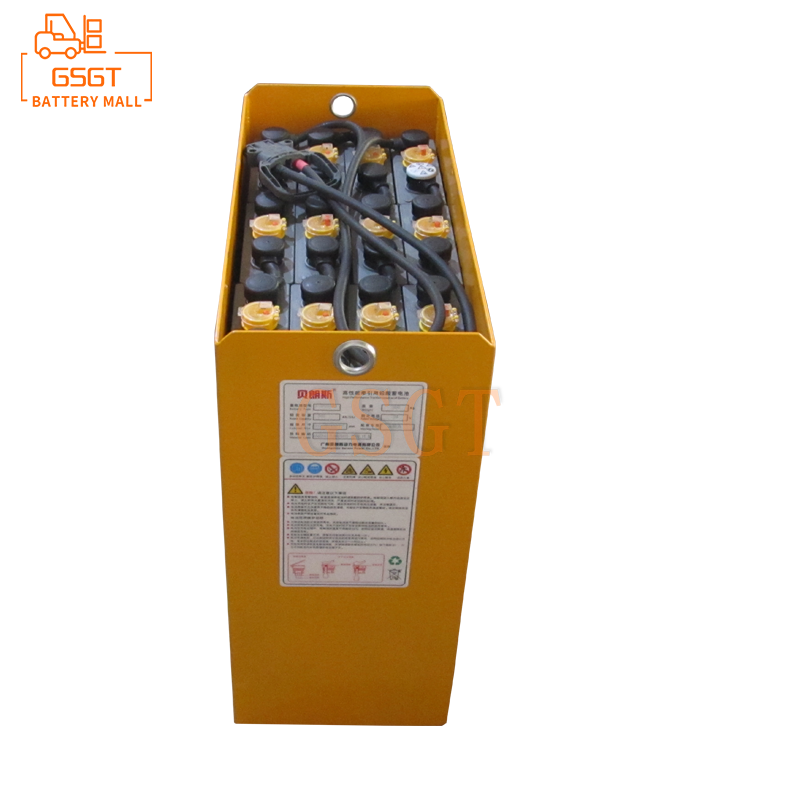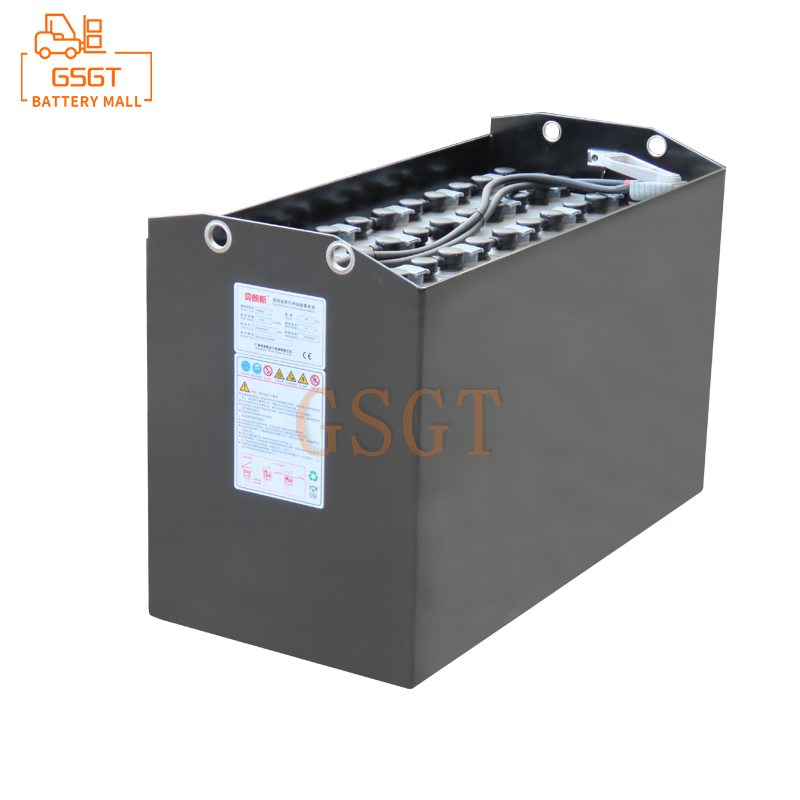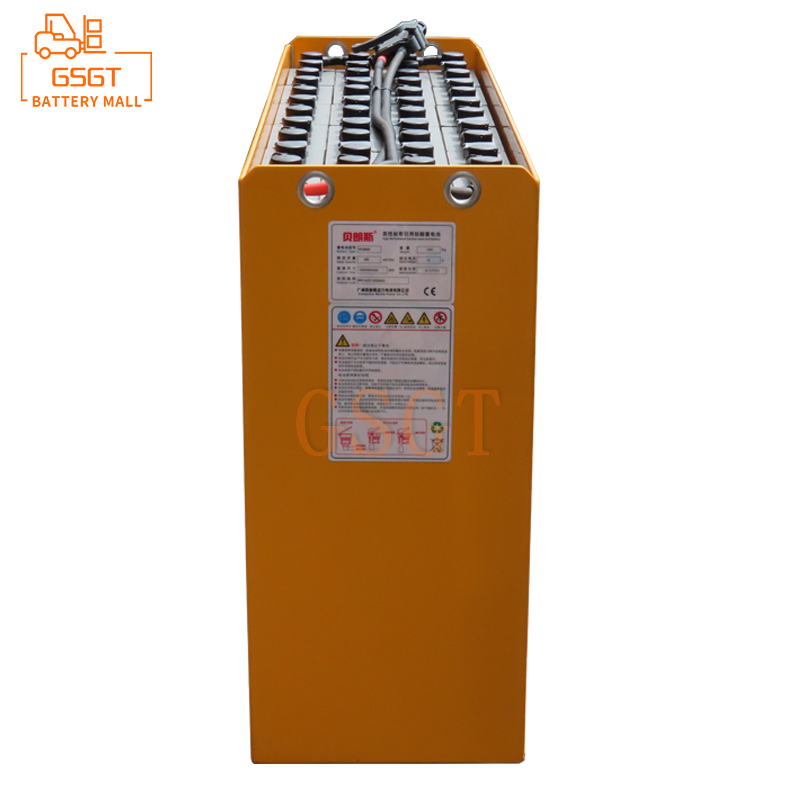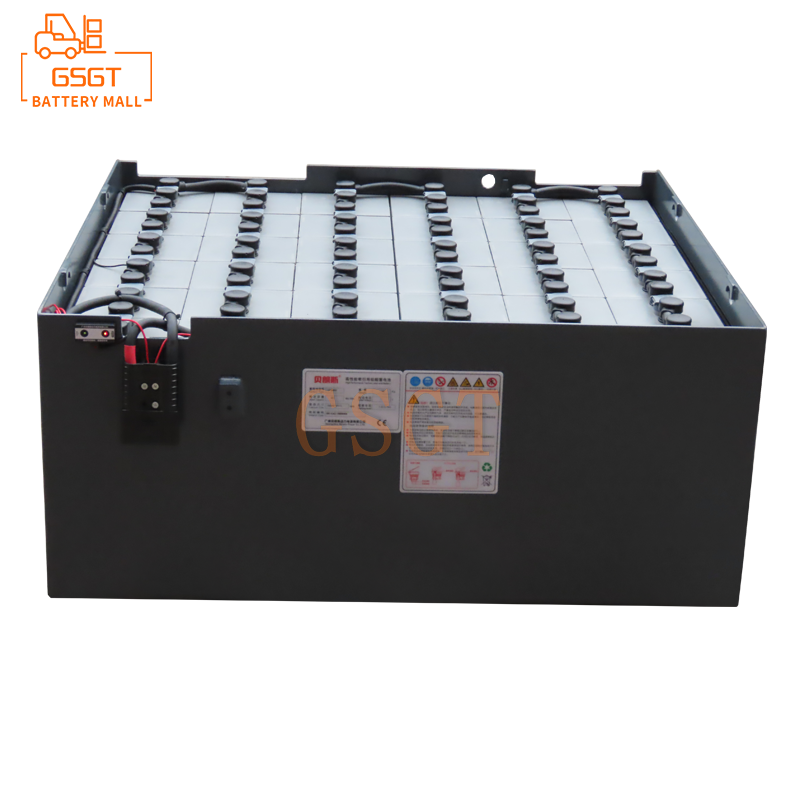Time:2025-03-20 10:40:08
Browse:670
## Harm of lead-acid battery electrolyte leakage
Lead-acid battery as an important member of the field of energy storage, with its low cost, mature technology and other characteristics, widely used in automotive start-up, communication base station backup power supply, uninterruptible power supply system and many other scenarios. However, the intractable problem of electrolyte leakage, like a time bomb lurking in the dark, seriously threatens the safety of equipment operation and environmental health.
The main component of lead-acid battery electrolyte is sulfuric acid solution, which is highly corrosive. Once the leakage occurs, the sulfuric acid electrolyte will quickly erode the metal parts around the battery, such as the metal bracket in the engine compartment of the car, the metal shell of the communication base station equipment, resulting in rust and damage to the metal parts, shortening the service life of the equipment, and increasing the maintenance cost. In some precision electronic equipment, even a very small amount of electrolyte leakage may cause short circuit failure, resulting in equipment shutdown, such as communication base stations due to electrolyte leakage resulting in short circuit of key communication equipment, will lead to a large area of communication interruption, bringing great inconvenience to social operation.
From the environmental level, the leakage of electrolyte into the soil will change the pH of the soil, destroy the soil structure, affect the growth of plants, and lead to the wilt and death of vegetation. If the leaked electrolyte flows into the water body, it will cause acidification of the water quality, endanger the survival of aquatic organisms, destroy the balance of the water ecosystem, and cause serious environmental disasters. In addition, sulfuric acid fog can also volatilize into the air, stimulate the human respiratory tract, and endanger human health.
## Traditional sealing techniques and their limitations
### Rubber sealing technology
In the early development of lead-acid batteries, rubber seals have become a common sealing means because of their good flexibility and certain acid resistance. The rubber sealing ring is generally installed at the connection between the battery slot cover and the battery tank body, and the gap is filled through the elastic deformation of the rubber itself to achieve the sealing effect. However, rubber materials are prone to aging and hardening under the influence of long-term sulfuric acid electrolyte immersion and heat generated during battery charging and discharging. For example, after several months of frequent use, the rubber sealing ring may lose elasticity due to aging, and the sealing performance is greatly reduced, resulting in electrolyte leakage.
### Hot melt sealing technology
The hot melt seal uses heating to melt the plastic material on the edge of the battery tank cover and the tank body, and then cools and solidifies to form an integrated sealing connection. This sealing method can effectively prevent electrolyte leakage to a certain extent, and the sealing strength is high. However, the hot melt sealing process has very strict requirements for the process, and a slight deviation in the heating temperature and time control may lead to the overheating decomposition or inadequate melting of the plastic material at the seal. In actual production, when different batches of batteries are hot melt sealed, if the equipment parameters fluctuate, the sealing quality will be uneven, and some batteries will crack at the sealing place after a period of use, and the electrolyte will leak.
### epoxy resin sealing technology
Epoxy resin has excellent adhesion and chemical corrosion resistance, and is used in lead-acid battery sealing. The epoxy resin is applied to the joint part of the battery tank cover and the tank body to form a strong sealing layer after curing. However, the texture of epoxy resin is brittle after curing, and when the battery is shaken or impacted, such as frequent battery vibration during the driving of electric vehicles, the sealing layer is easy to crack. Moreover, there is a difference in the coefficient of thermal expansion between the epoxy resin and the battery plastic shell, and when the battery temperature changes frequently, the stress between the two will be generated, and after long-term accumulation, the sealing structure will be damaged, resulting in electrolyte leakage.
## New sealing technology exploration and upgrade
### Nanocomposite sealing technology
With the development of materials science, nano-composite materials bring new opportunities for lead-acid battery sealing. Nanomaterials have unique small size effects, surface effects and quantum size effects, adding nanoparticles to sealing materials can significantly improve material properties. For example, the addition of nano-silica to rubber sealing materials can enhance the strength, wear resistance and acid resistance of rubber. Nano silica particles are evenly dispersed in the rubber matrix, like a tiny "steel bar", which enhances the internal structure of the rubber, so that it can still maintain good sealing performance under long-term electrolyte immersion and mechanical stress, and effectively reduce the risk of electrolyte leakage.
### Intelligent response sealing technology
Intelligent response sealing technology is a very innovative sealing solution. The technology utilizes some smart materials that are sensitive to environmental factors such as temperature and pressure, such as shape memory alloys and temperature-sensitive gels. Taking the temperature-sensitive gel as an example, at normal temperature, the temperature-sensitive gel is filled in the battery sealing gap to play a sealing role. When the internal temperature of the battery rises due to failure or abnormal charging and discharging, the temperature-sensitive gel rapidly expands in volume, automatically filling the larger gaps that may occur, enhancing the sealing effect and preventing electrolyte leakage. This technology, which automatically adjusts the sealing performance according to the real-time status of the battery, provides dynamic and reliable protection for the seal of the lead-acid battery.
### Multi-layer composite sealing technology
Multi-layer composite sealing technology combines a variety of sealing materials and structures to create a comprehensive sealing barrier. It is generally composed of an inner acid-resistant rubber seal layer, a middle layer of high-strength plastic support layer and an outer layer of corrosion-resistant metal protection layer. The inner rubber sealing layer is in direct contact with the electrolyte, exerting its flexibility and acid resistance to initially prevent the electrolyte from leaking; The middle plastic support layer provides structural strength to prevent the inner rubber from deformation due to pressure; The outer metal protective layer resists external mechanical shock and environmental corrosion. If the multi-layer composite sealing technology is used in industrial lead-acid batteries for energy storage, even if the battery is subjected to a certain degree of collision or in a harsh industrial environment, the multi-layer sealing structure works together to effectively avoid electrolyte leakage and greatly improve the reliability and service life of the battery.
The leakage of lead-acid battery electrolyte is harmful. Although the traditional sealing technology has played a role in the past, there are many limitations. In the face of the growing safety and environmental protection needs, new sealing technologies such as nanocomposite materials, intelligent response, and multi-layer composite continue to emerge, opening up a new path for the upgrading of lead-acid battery sealing technology. Continue to explore and apply these new technologies to improve the sealing performance of lead-acid batteries in order to effectively resolve the electrolyte leakage crisis and ensure the safe and stable operation of lead-acid batteries in various fields.

$1105

$2450

$3810

$4045

MESSAGE
Professional And Efficient
Security
Affordable Price
Professional Services